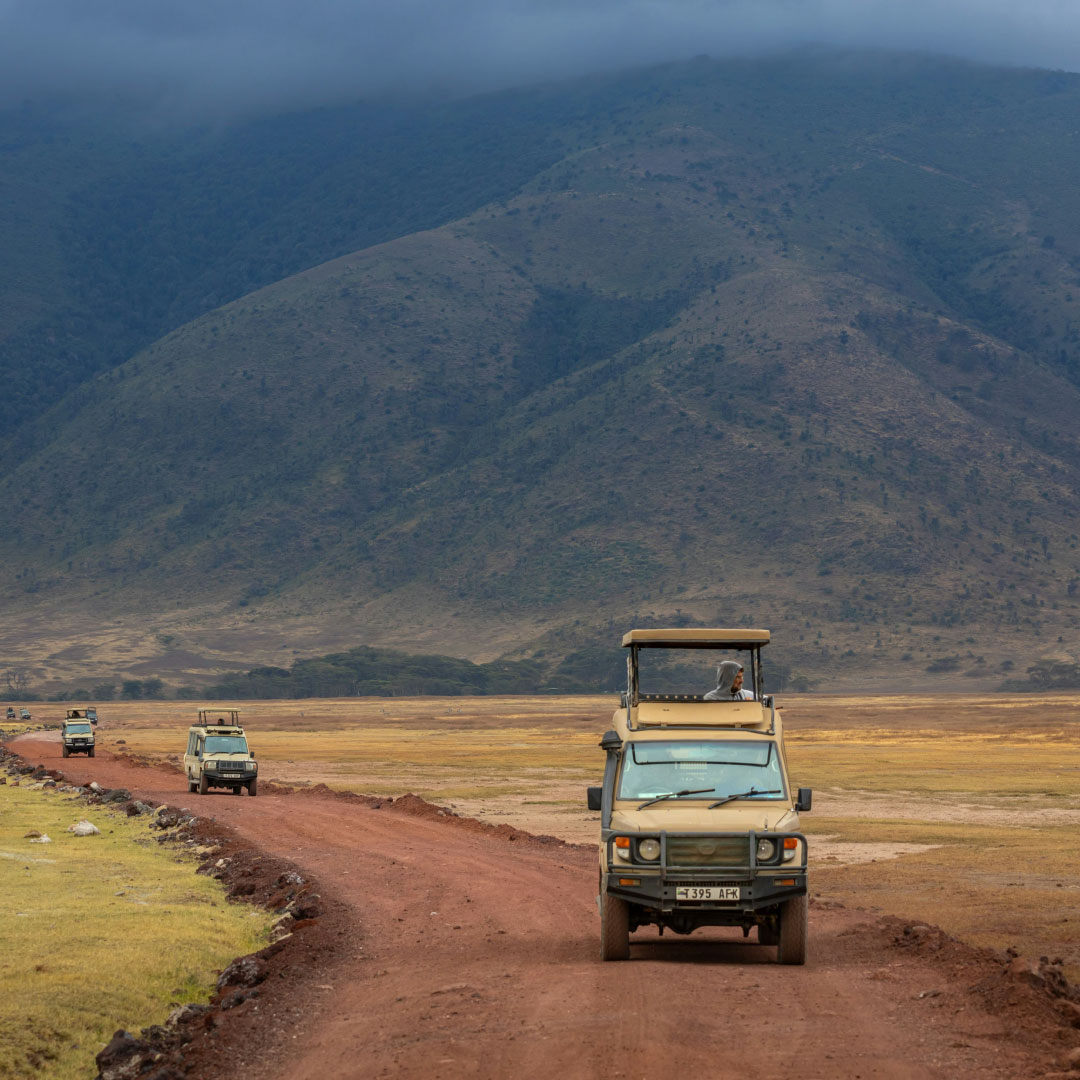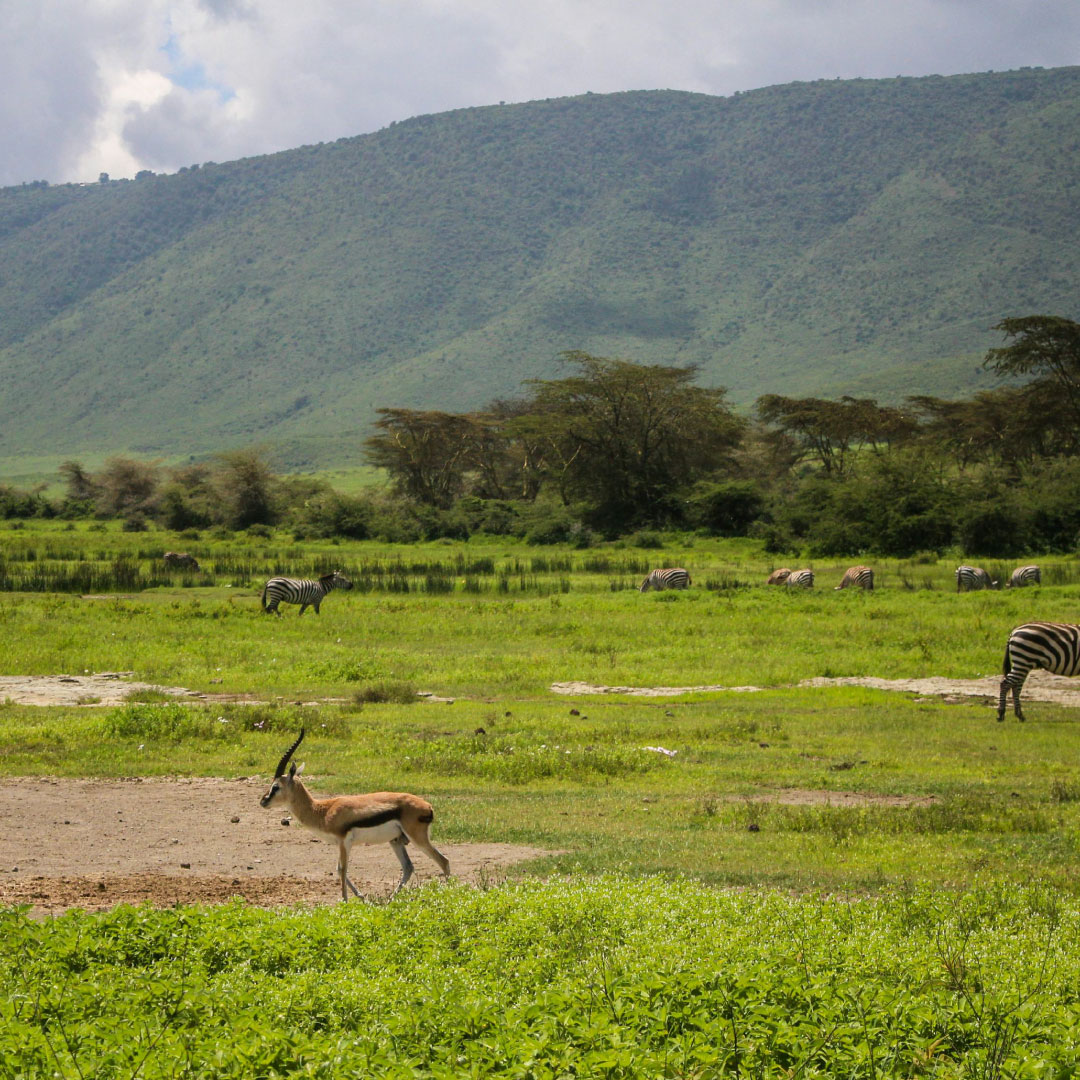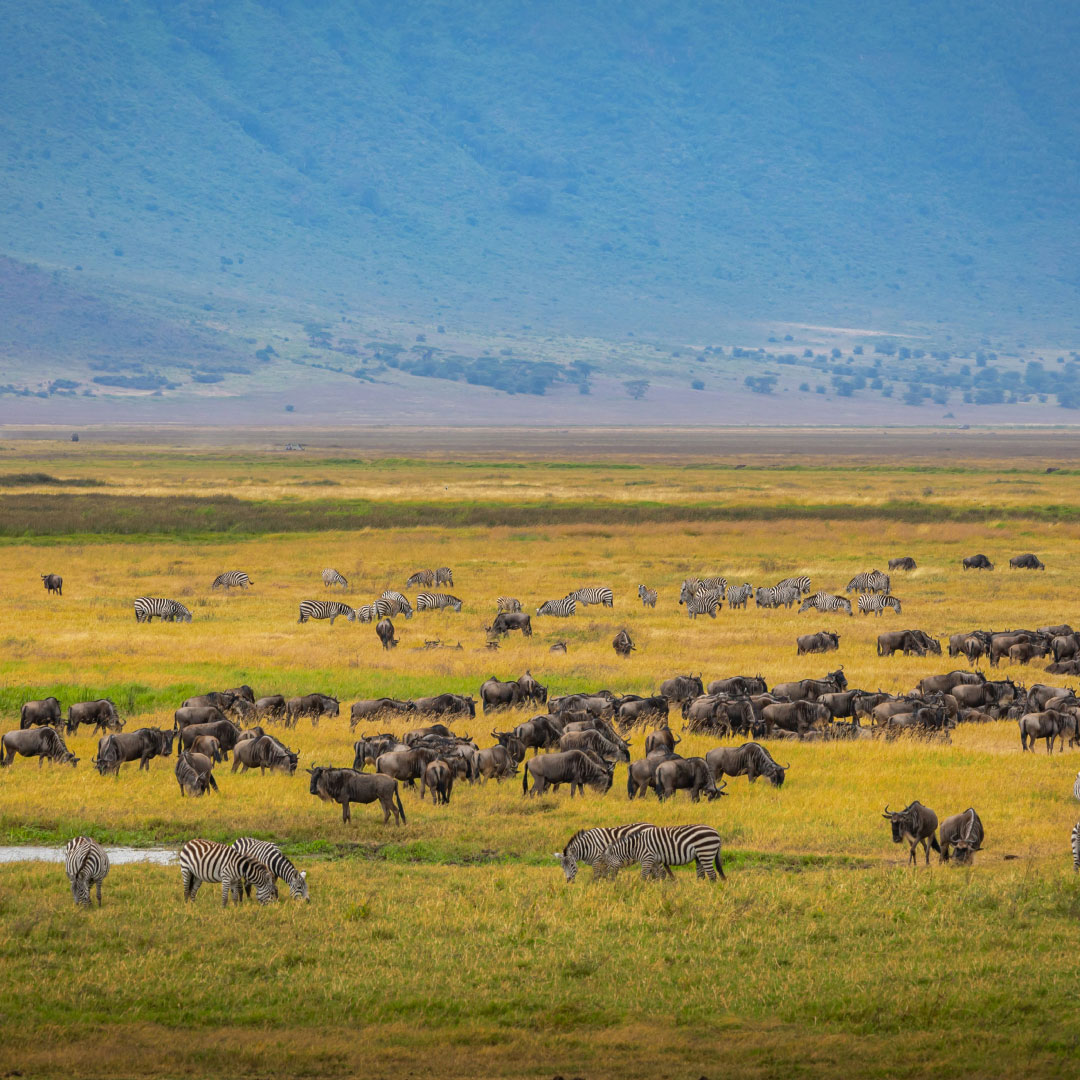Ngorongoro Crater



Ngorongoro Crater is a UNESCO World Heritage Site and one of the most stunning natural wonders in Tanzania. Formed from a collapsed volcano, the crater is the world’s largest inactive volcanic caldera, spanning over 260 square kilometers and reaching depths of over 600 meters. The fertile crater floor supports an incredibly diverse range of wildlife, earning it the nickname “Africa’s Garden of Eden.” Ngorongoro is famous for its dense population of animals, including lions, elephants, black rhinos, and hippos, as well as a variety of bird species.
One of the key attractions of Ngorongoro Crater is its year-round wildlife population. Unlike other parks where animals migrate, the rich environment inside the crater offers a constant supply of food and water, allowing animals to remain within the caldera all year long. This makes it one of the best places in Tanzania to view wildlife at any time of the year. The high concentration of predators, particularly lions, provides excellent opportunities for predator-prey interaction.
The crater also features the Lerai Forest, a lush area where elephants can often be seen feeding on acacia trees. Open grasslands cover most of the crater floor, attracting grazers such as zebras, wildebeests, and buffaloes, while flamingos populate Lake Magadi, a shallow soda lake located in the southern part of the crater. This unique environment supports a vibrant ecosystem, making Ngorongoro a must-visit destination for safari enthusiasts.
Visitors to Ngorongoro also have the chance to engage with the local Maasai communities. The Maasai people have coexisted with the wildlife in this area for centuries, and visitors can learn about their traditional ways of life, including cattle herding, ceremonies, and their distinctive attire. Cultural visits to nearby Maasai villages add a rich cultural dimension to the safari experience, offering insights into Tanzania’s indigenous heritage.
Ngorongoro Crater offers a unique safari experience, blending remarkable wildlife viewing with stunning natural scenery. Its accessibility and compact size make it perfect for travelers who have limited time but still want to experience one of Africa’s most extraordinary landscapes.
FAQ's About Ngorongoro
When is the best time to visit Ngorongoro Crater?
Ngorongoro Crater is a year-round destination, but the dry season (June to October) offers excellent wildlife viewing as animals gather around water sources.
How long should I spend at Ngorongoro Crater?
A day trip is sufficient to explore the crater, but many travelers combine it with a longer safari in the Northern Circuit for a more immersive experience.
Is it possible to see the Big Five in Ngorongoro Crater?
Yes, Ngorongoro Crater is one of the few places in Tanzania where you have a high chance of seeing all of the Big Five (lion, leopard, elephant, buffalo, and rhino).

